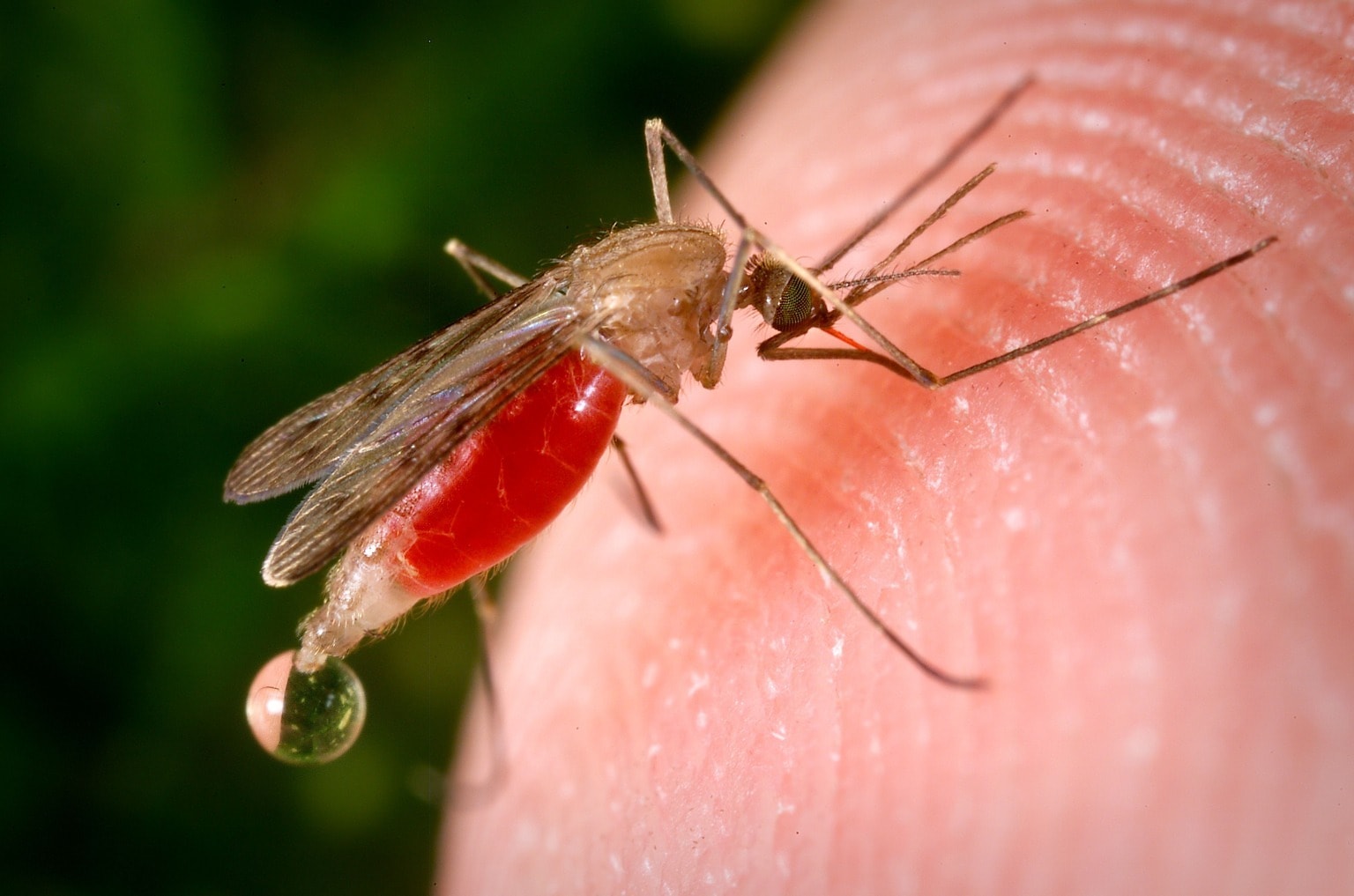Malaria Overview:
Malaria, a life-threatening parasitic disease transmitted through infected mosquitoes, remains a significant global health challenge. Caused by Plasmodium parasites, it affects millions of people worldwide, particularly in tropical and subtropical regions. This comprehensive guide provides insights into the symptoms, diagnostic methods, treatment approaches, and the regulatory framework surrounding malaria.
Prevention and treatment of malaria remain a major public health concern since millions of individuals worldwide still experience the disease’s symptoms every year. The market actors contribute through innovation and product development, while government programs are crucial in fostering awareness, research, and development in these areas.
The Market Competitors Listed Below are Revolutionizing Healthcare with Innovative Diagnostic & Treatment Inventions:
Treatment Market Player:
- Novartis
- Cipla
- GlaxoSmithKline (GSK)
- AR Scientific, Inc
- Medicef Pharma
- (WRAIR)
- Roche
- Ipca Laboratories
- GlaxoSmithKline
- Sanofi
- Guilin Pharmaceutical
- Medopharm
- Others
Diagnostic Market Players:
Thermo Fisher Scientific, Abbott Laboratories, Bio-Rad Laboratories, Inc, Bio-Rad Laboratories, Access Bio, Inc, DiaSys Diagnostic Systems, Roche Diagnostics, Chembio Diagnostic Systems, Inc, SD Biosensor, Inc, Qiagen, SD Biosensor, Inc., Perkin, Agilent Technologies, Mologic Ltd, Bioneer Corporation, DiaSys Diagnostic Systems GmbH, Chembio Diagnostic Systems, I, Others
Symptoms
Common symptoms of malaria include fever, chills, sweating, fatigue, headache, muscle and joint pain, and nausea. In severe cases, the disease can lead to complications such as anemia, organ failure, and even death if not promptly diagnosed and treated. Recognizing these symptoms is crucial for seeking timely medical attention.
Diagnostic Analysis
Accurate diagnosis is vital for effective malaria management. Laboratory tests, including blood smears and rapid diagnostic tests (RDTs), are employed to detect the presence of Plasmodium parasites in the blood. Molecular techniques and serological assays may also be used for specialized cases, ensuring precise identification of the specific Plasmodium species.
Treatment Analysis
Malaria treatment varies depending on factors such as the type of Plasmodium parasite, its resistance patterns, and the patient’s age and overall health. Common antimalarial medications include artemisinin-based combination therapies (ACTs), chloroquine, quinine, and others. Additionally, preventive measures like bed nets and chemoprophylaxis are critical in endemic regions.
Get a Free Sample Research Report:
https://www.diseaselandscape.com/downloadsample/postid/99
Regulatory Framework
Regulatory agencies, such as the World Health Organization (WHO) and national health authorities, play a pivotal role in overseeing the safety and efficacy of antimalarial drugs. Stringent guidelines govern the approval, distribution, and monitoring of these medications, ensuring they meet rigorous standards for patient safety.
Clinical Assessment
Clinical trials are essential for evaluating the effectiveness of new antimalarial drugs and treatment strategies. These trials involve rigorous testing in controlled settings to assess safety, efficacy, and potential side effects. Participation in clinical research not only advances the field but also offers patients access to cutting-edge treatments.
Market Trends Analysis
The landscape of malaria control and treatment is evolving, with ongoing research focused on developing more effective drugs, vaccines, and prevention strategies. Efforts to combat drug resistance and improve access to quality healthcare in endemic regions are shaping the future of malaria management.
Browse Full Insights:
https://www.diseaselandscape.com/infectious/malaria-disease-market-entry-strategy-overview
Regional Insights
The prevalence and management of malaria can vary significantly across regions due to factors like climate, mosquito species, healthcare infrastructure, and socio-economic conditions. Understanding these regional dynamics is crucial for tailoring interventions and ensuring equitable access to effective prevention and treatment measures.
Conclusion:
Addressing the complex challenges posed by malaria requires a multifaceted approach, encompassing early recognition, accurate diagnosis, effective treatment, and robust regulatory oversight. Ongoing research, innovation, and international collaboration are key in the fight against this global health threat. Together, we can work towards a malaria-free world.
Browse Through More Infectious Diseases Research Reports.
Related Reports:
Anthrax Disease: Surmount the Obstacles & Reach Your Marketing Objectives
The Marburg Virus Disease: A New Entrant’s Approach to Market Entry
Entering the Influenza Disease: DLI Can Help You Succeed
Understanding HPV Disease: Market Entry, Prognosis, and Prevention
The Disease of Chlamydia: Knowledge, Opinion Leaders, and Cost Analysis
Contact Us:
Disease Landscape Insights LLP
6th Floor, Sr No.207, Office A H 6070 Phase 1
Solitaire Business Hub, Viman Nagar
Pune, Maharashtra, 411014.
Sales Contact: +44-2038074155
Asia Office Contact: +917447409162
Email: [email protected]
Email: [email protected]
Blog: https://www.diseaselandscape.com/blogs
Case Study: https://www.diseaselandscape.com/casestudies






